I share artist Jenn Houle’s enthusiasm for native plants—and their pollinators! Wherever you live, a beautiful and fascinating suite of plants have adapted to local soil, sun, and moisture availability. These plants support the entire life cycle of the insects that rely on them, including nectar for the adults, and plenty of tasty leaves for developing caterpillars (and other insects).
If you like having birds around, those caterpillars are particularly important. To raise a brood of chicks, a family of chickadees requires from 6,000 to 9,000 insects over just a 2+ week period! Because of their soft bodies, caterpillars (which I’ve seen referred to as “nature’s hot dogs”) are a desirable food source for young chicks. Without the native host plants to support the growth of these insects, the birds will go elsewhere—or will disappear entirely.
Jenn’s work provides a way to take action individually and as part of a larger community. Whether you include a few native plants in your home garden, or help restore a whole field, you can make a difference!
Interview: Jenn Houle
How do you describe the work you do?
I am a visual artist and aspiring naturalist. I tell people I have the heart of a painter, and am now focused on public art that will help address the environmental crisis. My work has focused on energy cycles in nature for a long time. Over the last few years I have focused on the magical power of native plants to create habitat for all beings and heal our planet. I am also an adjunct professor at local universities and a mother.
What aspect of your work has the most personal meaning to you?
Bringing my gardening passion into my artwork, along with hosting workshops, has allowed me to fold all my passions into one—growing, teaching and creating art. My work has also long explored my personal relationship to nature. Native plants give me a framework to do this in a way that is super local to my surrounding environment—they are the visual language of the particular climate, soil, geography, and evolution of your immediate natural area. Celebrating this in my work and sharing it with others has provided me a means to deepen my own connection with the nature that is right in my backyard, and do the same for others.
How is the interaction between science and art important to you?
I love learning—period. But I especially love learning about the natural world. I am currently taking courses through the Native Plant Trust to earn a basic certificate through their educational programs. This includes taking Plant Form & Function, Plant Ecology & Plant Families and two electives: Designing with Native Plants, and Gardening for Pollinators. It’s given me a set structure to identify native plants, and is a very interesting lens through which to explore this topic. I come from an arts education background, so science is a newer (and mainly self-taught) field to me.
I also have two acres of land that I am actively collaborating with—slowly getting rid of invasive plants and adding in natives. It’s such rewarding, labor-intensive work but has given me a totally new perspective on both invasives and natives.
Is there a particular environmental problem that feels important to you? What do you do about that?
My current work ‘Plant Paint Cross-Pollinate’, is a public art traveling mural project focused on the importance of native plants to pollinators and ecosystem health through collaborative community art and planting events. It shares the key that native plants are to solving some aspects of the environmental crisis from the ground up—literally grass roots!
In 2023, this project is generating 20 colossal painted butterfly signs that highlight the importance of native plants that are ‘migrating’ along a route of high visibility public spaces to inspire viewers to plant native within their own communities: a simple yet powerful act that makes an enormous positive environmental impact!
In January and February 2023, residents of six Massachusetts communities created 15 of the butterfly signs at ‘Plant and Paint’ workshops. Participants planted and kept the seeds of native pollinator-friendly species, which were collected by local garden clubs, members of West Newbury Wild & Native, myself, family members, friends, and even my son. Over 160 people attended these workshops, placing over 300 native plants in the ground!
The remaining 5 butterfly signs are being painted by me, and I am rendering examples from each of the five families of Lepidoptera native to Massachusetts, with a focus on the plants that they feed, nest, pupate, and metamorphose on.
The Butterfly Mural Migration is currently touring from May 2023 - October 2023 throughout Amesbury, Groveland, Haverhill, Lawrence, Merrimac, Newbury and West Newbury (Massachusetts) on public conservation land, at public libraries, and around local schools. Additional signs aid in raising awareness about native plants, eco-friendly gardening practices, and resources available to the host communities.
How does your identity affect your work?
Becoming a mother has transformed my life and work most significantly. My son Clyde turned two on Valentine’s Day this year. My time for art is limited now, and I want to create work that makes a difference. He’s a big reason I decided to shift to public art, and share a message that I feel an individual can easily buy into and make positive change!
What influences and inspires you?
I’m part of a local conservation group, West Newbury Wild & Native, and have also met many local community members through my public art project. I’ve learned that there are many people anonymously putting their time and energy into helping restore our planet by creating native plant pollinator gardens throughout the communities surrounding me. A fun part of the ‘Plant Paint Cross-Pollinate’ project has been to place butterfly signs in these gardens (with the gardener’s permission of course!) which highlights these sometimes-overlooked efforts.
Douglas Tallamy’s ‘Homegrown National Park’ is a huge inspiration to me. I love the writing of Robin Wall Kimmerer, and her phrase ‘botanical belonging’ from ‘Braiding Sweetgrass’ which summarizes our connection to local flora. I’ve also been listening to Shannon Trimboli’s ‘Backyard Ecology’ podcast. I recently took Dr. Cathay Fitzgerald’s Ecoliteracy course through her organization Haumea Ecoversity and am actively working to shift to a more eco-friendly creative practice.
Thanks, Jenn! Where else can we learn about your work?
Feel free to visit my website jennhoule.com, or follow project updates on Instagram @jennhoulestudio
A big thanks also to Creature Conserve, where Jenn and I met!
Branching Out
Rooted (Stuff I like, maybe slightly off topic.):
I love picture books, and nonfiction science-focused picture books are a perfect combination of science, art, and writing. On her blog Archimedes Notebook, author and blogger Sue Heavenrich has reviewed hundreds of these books! It’s a great resource. She included my book, High Tide for Horseshoe Crabs, and more recently invited me to write a guest post. Both are included in this link.
Rounded (Preview of coming attractions.):
Art and Science Collide asks, “What can artists and scientists do in collaboration to overcome ecological damage and imagine a more sustainable future? How have scientists visualized the natural world, and how do artists now envision once-unthinkable scientific developments?” Coming to a variety of venues in southern California in 2024.
Reaching (A question for you!):
Whose work in the field of science, art, and writing do you admire? Why? I’d love to hear your thoughts in the comments below!




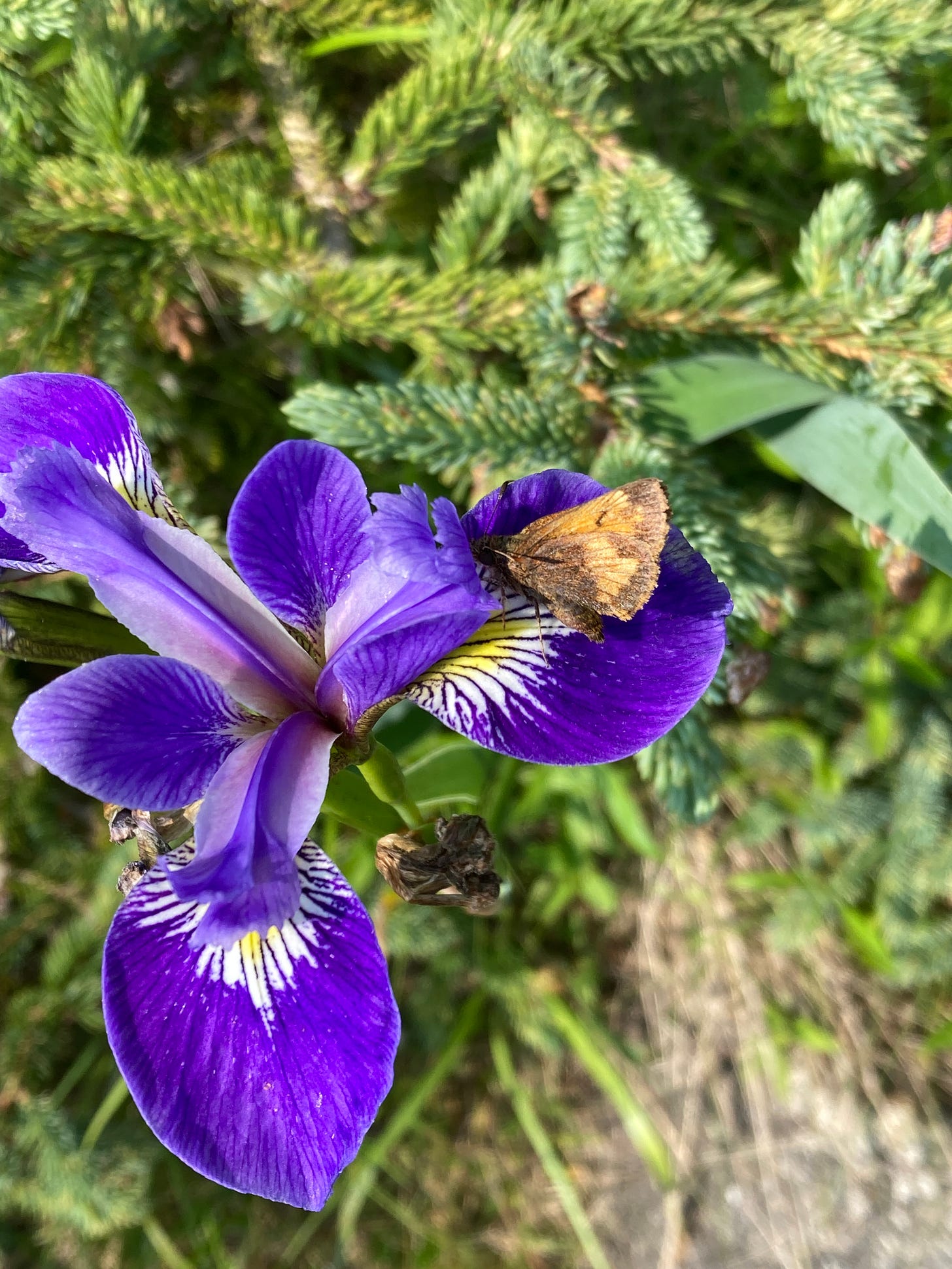
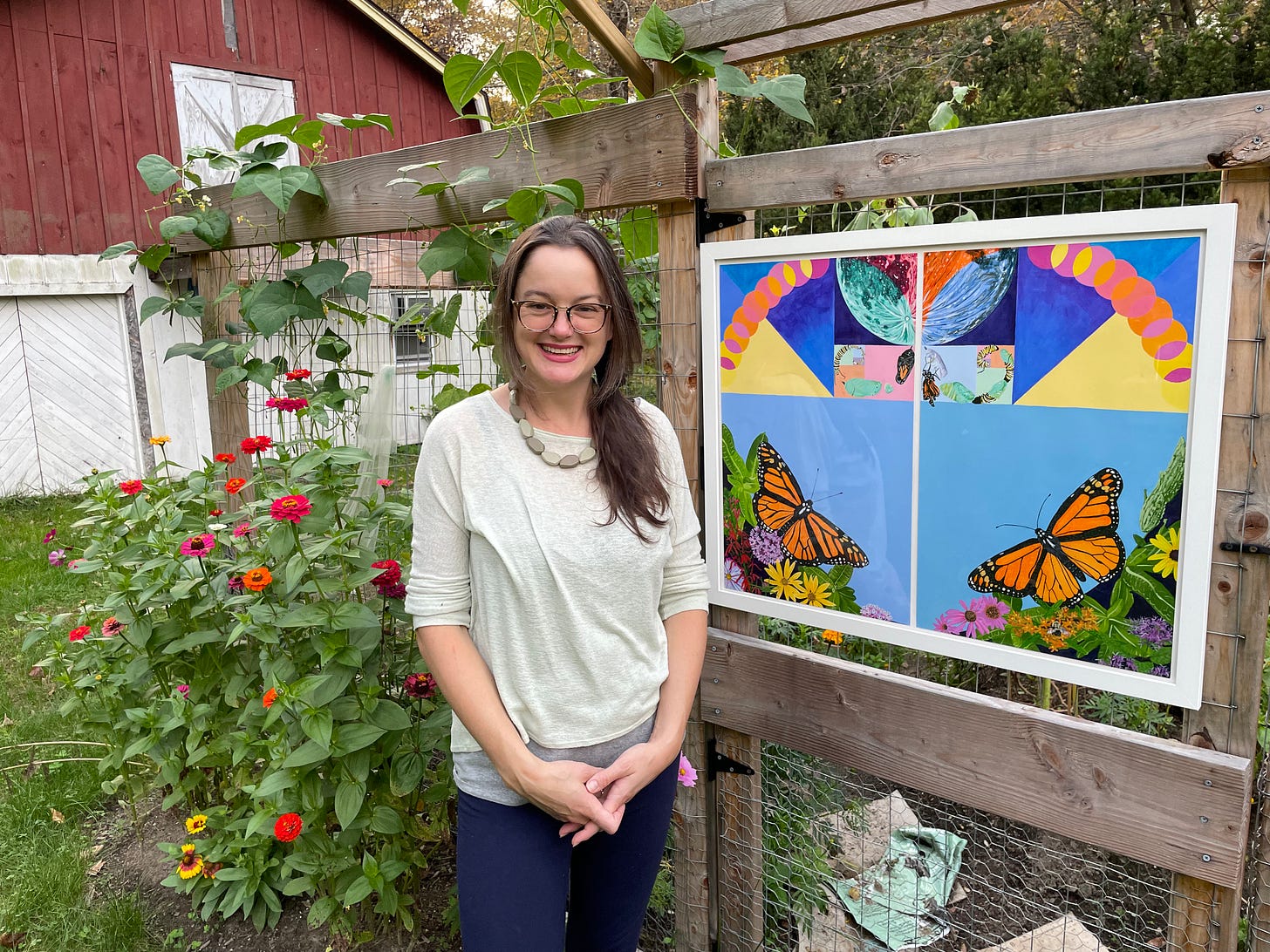
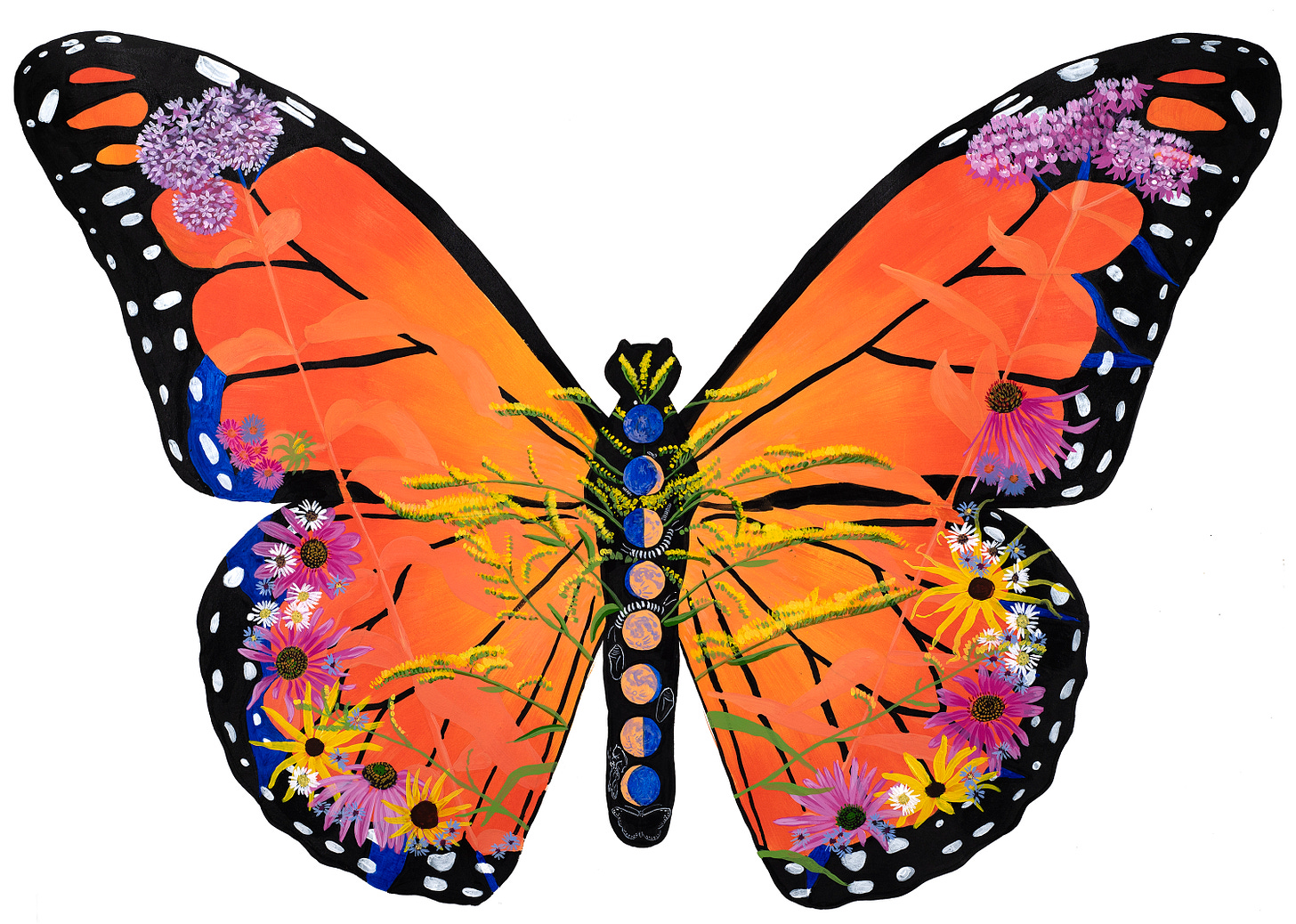
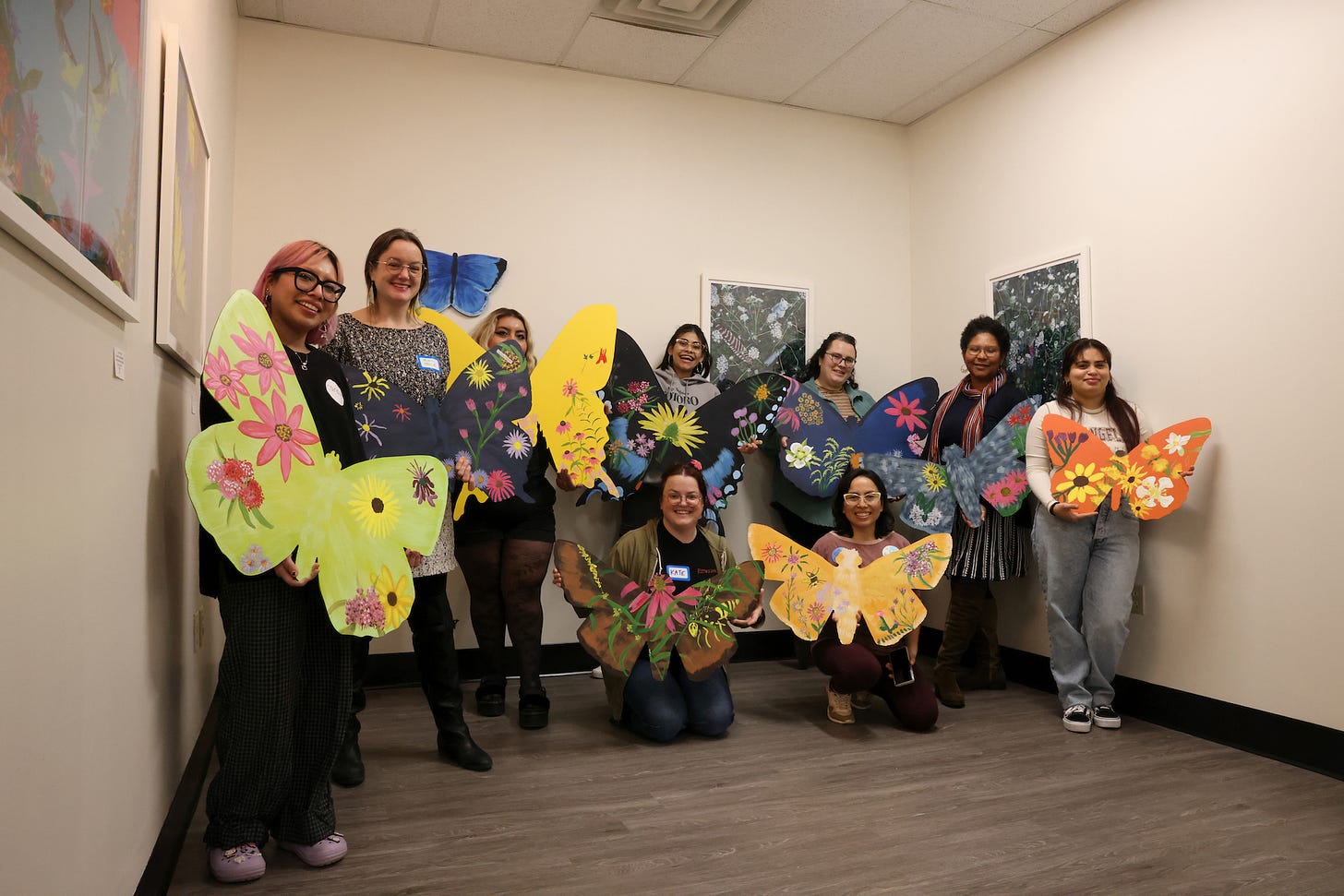
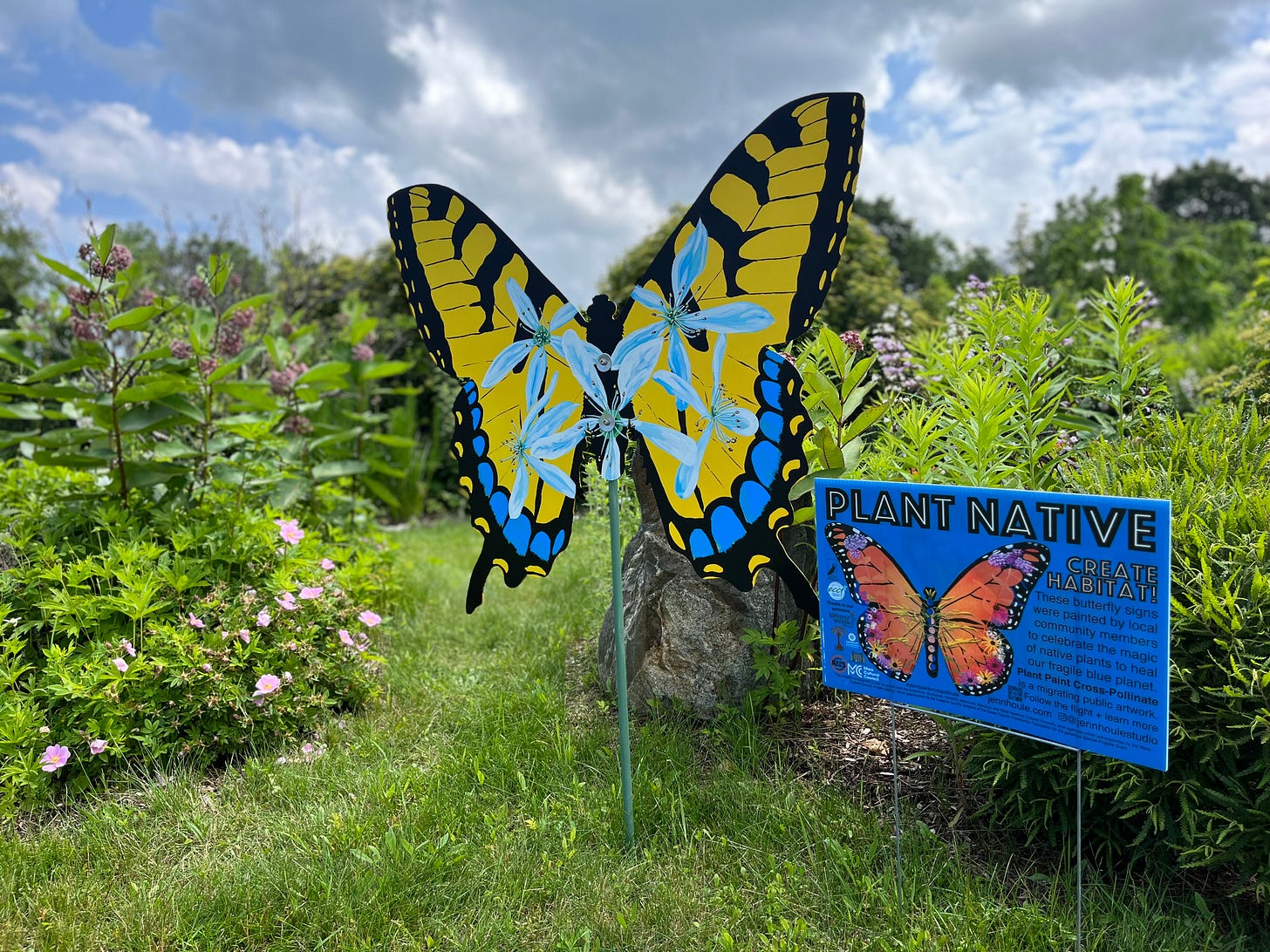
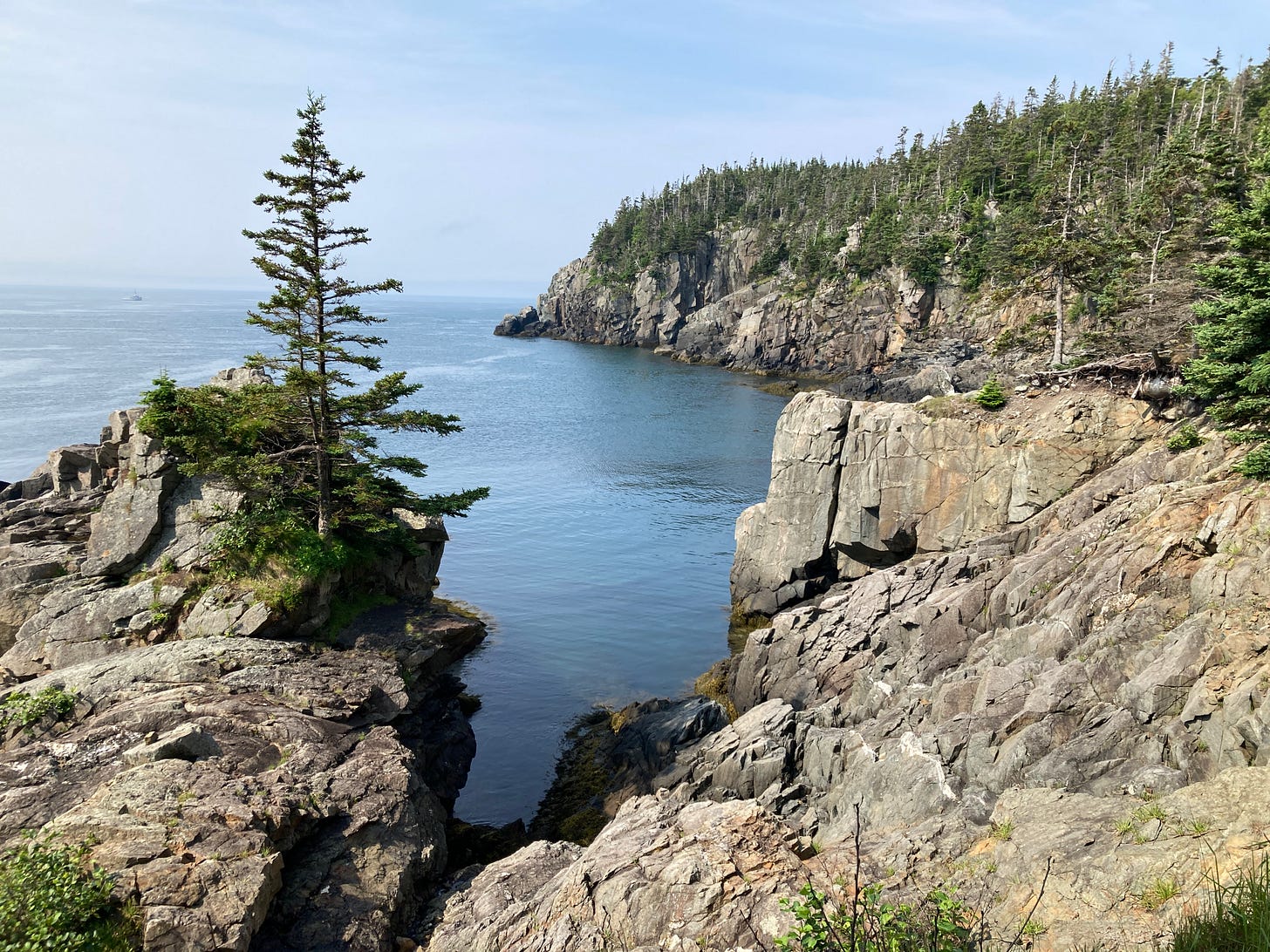
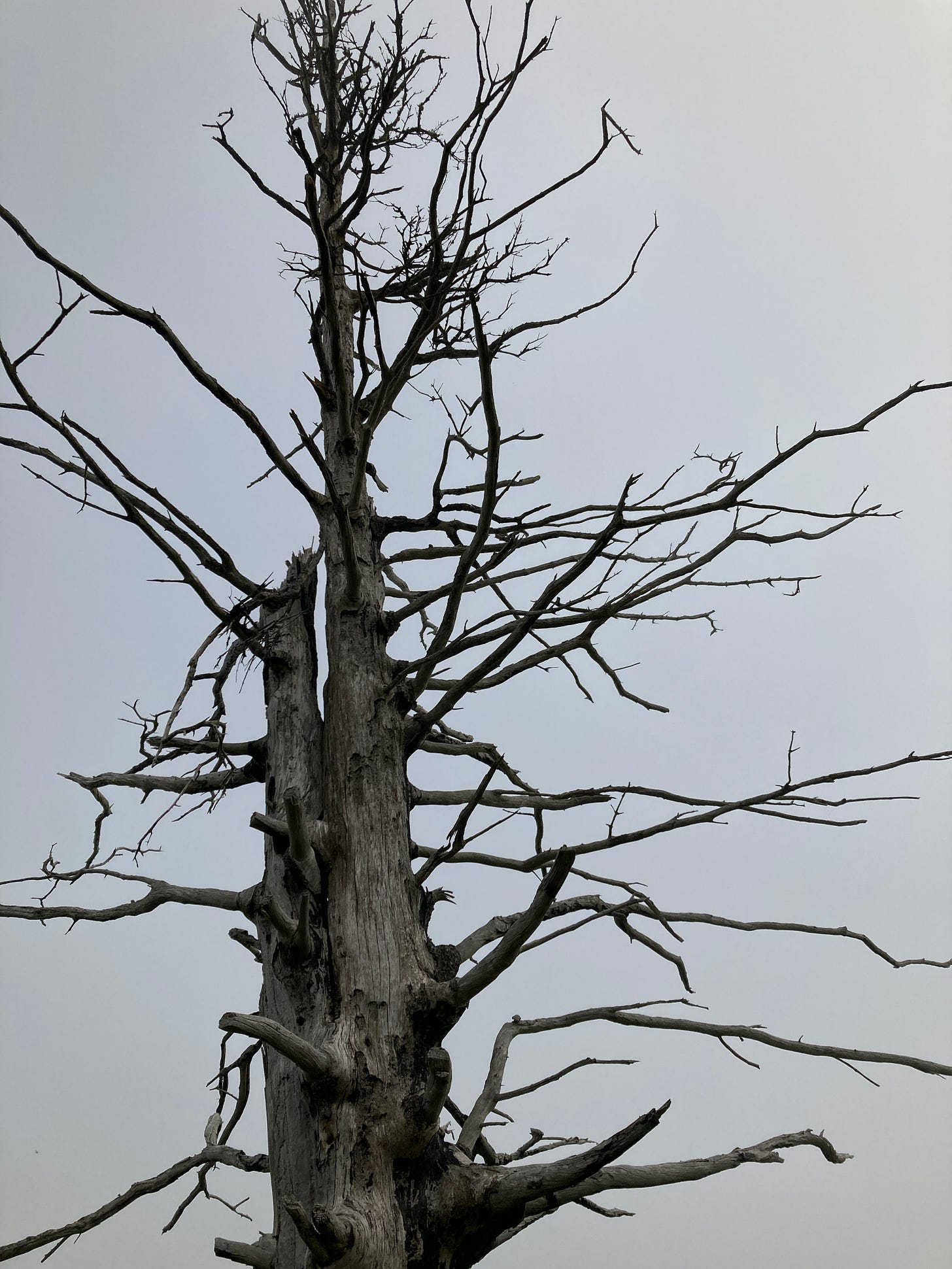
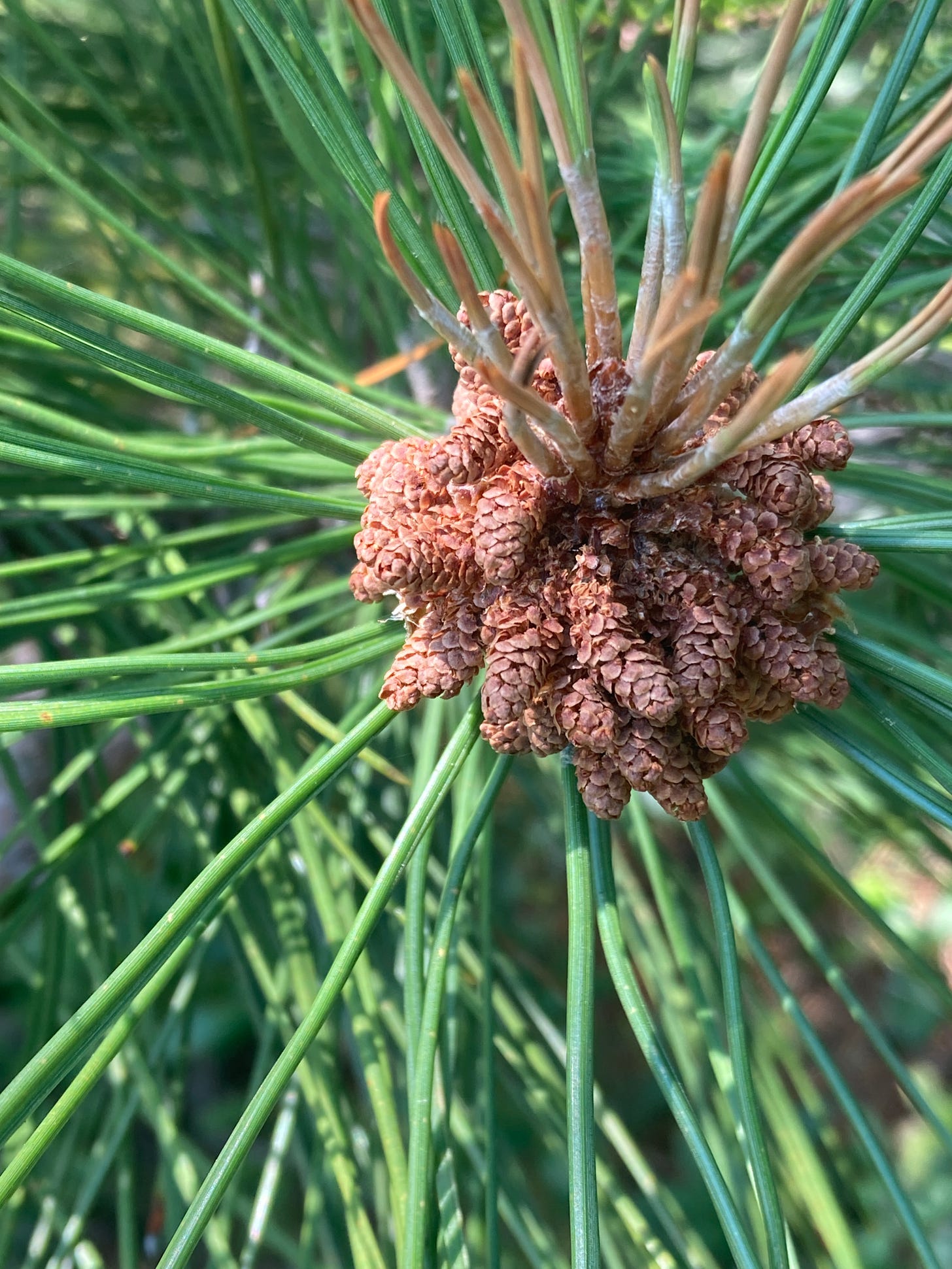
Sherryl, thought you would like this.
Andy